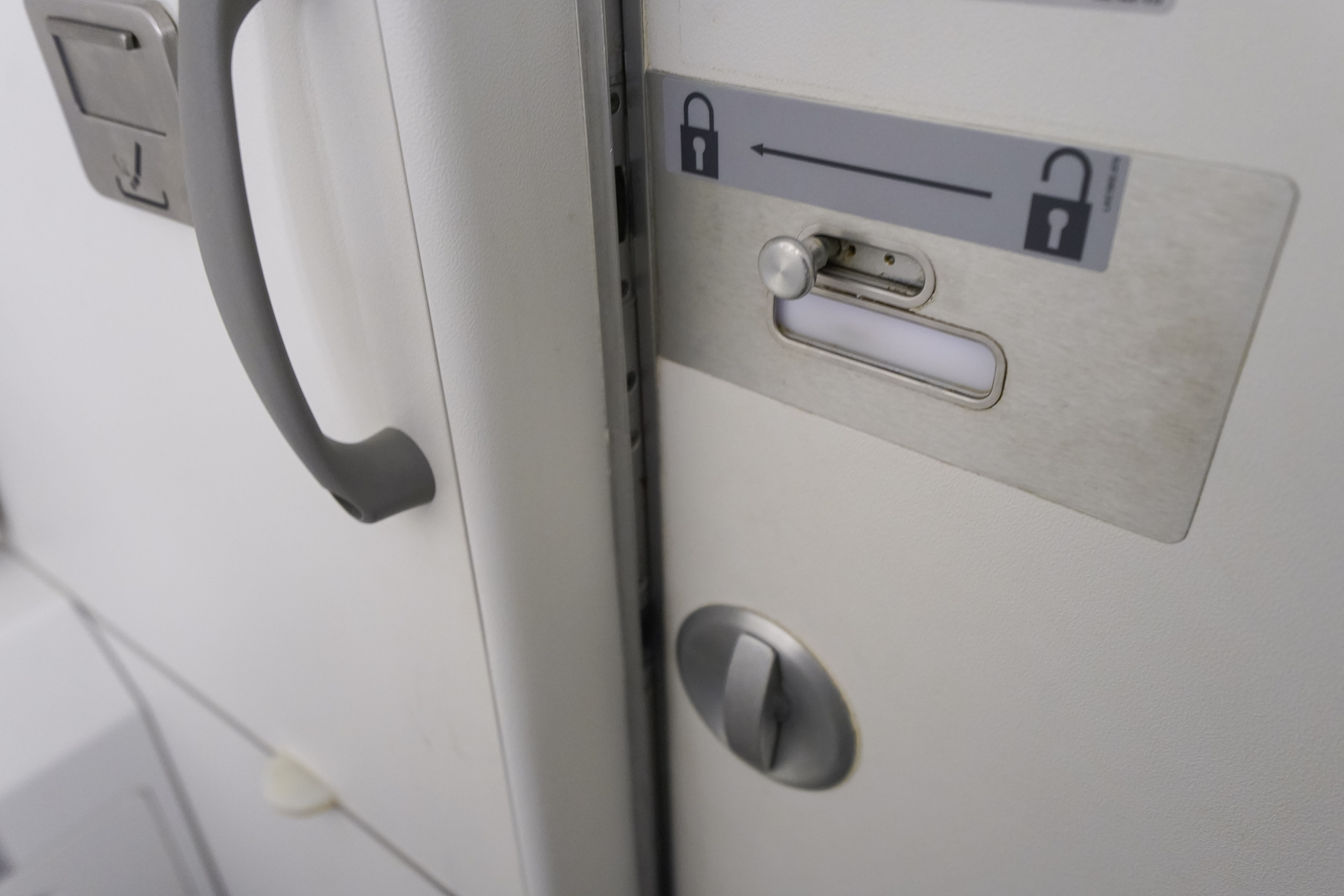The next time you book a trip, you may want to bring some antibacterial wipes and lots of hand sanitizer with you on your flight. CBC News’ Marketplace recently analyzed various surfaces in an airplane to determine which ones were contaminated with bacteria and other harmful germs, and the results are rather disgusting.
Marketplace staff flew on 18 flights between Ottawa and Montreal on Air Canada, WestJet and Porter. They took over 100 samples from tray tables, headrests, seat pockets, seatbelts, and washroom handles.
The results are a bit scary.
At least some of the surfaces on the majority of the flights tested positive for yeast and mould, which can cause infections. The headrest was the most contaminated surface on the airplanes. E. coli bacteria (fecal contamination) was present on both seat pockets and headrests. People exposed to this type of bacteria can experience diarrhea, vomiting and abdominal pain.
One former flight attendant told Marketplace that people use seat pockets to store all types of trash, including dirty diapers, which is both gross and potentially harmful to the next person that uses the pocket.
While flight attendants are tasked with cleaning planes between flights, there often isn’t enough time to adequately disinfect every surface area. Often, they have as little as 15 minutes to prepare a plane for a new group of passengers. Many cleaning solutions are prohibited on board, so employees often use water from the aircraft and napkins to wipe down various surface areas.
Microbiologist and “germ guy,” Jason Tetro told Marketplace that travellers should be particularly aware of tray tables. They may contain high levels of Staphylococcus aureus, which can cause skin and soft-tissue infections.
He recommends passengers never lay their heads down on the tray tables to sleep or place food directly on the surface.
When he learned about the high concentration of staph and hemolytic bacteria on the headrests, Tetro was shocked. These germs can cause all sorts of problems, including strep throat and cystitis, an inflamed bladder.
Blankets from Air Canada and WestJet (Porter did not have them) that were packaged in cellophane wrappers also contained yeast, mould and high counts of bacteria.
“We are looking into this matter further, as all blankets sold on our flights are new (not previously used) and come sealed straight from the distributor,” WestJet told Marketplace in an email.
Former airline employees told the publication that the only time planes get a thorough cleaning is when they’re not in service.
Air Canada, WestJet and Porter told Marketplace via email that they follow Canadian and international cabin-grooming rules. WestJet and Porter stressed that proper cleanings are performed after the planes have completed their daily flights.
So what can passengers do to protect themselves? Tetro recommends they wipe down surfaces themselves and bring hand sanitizer with them when they travel.


